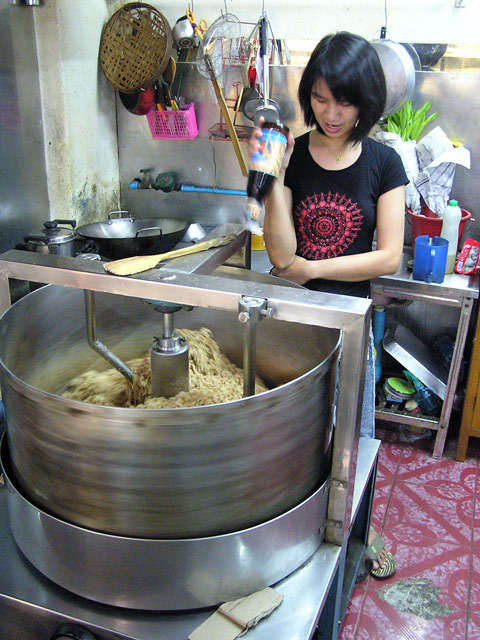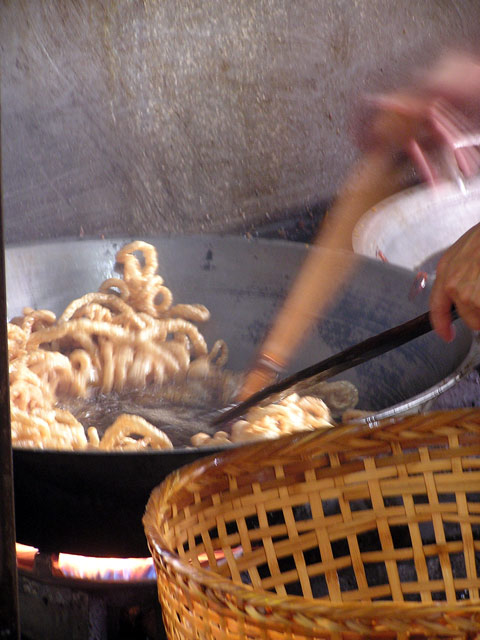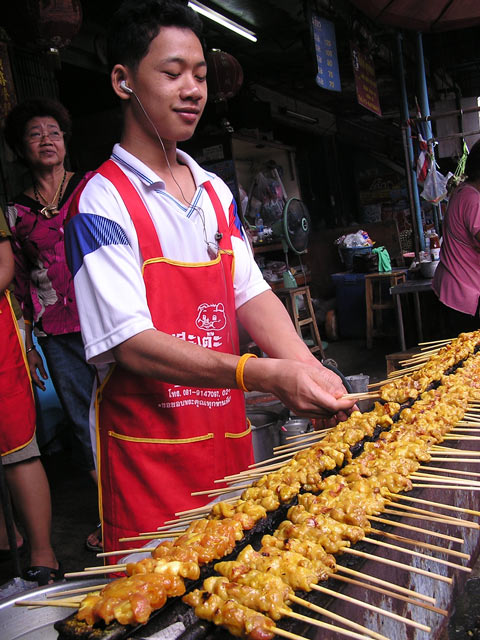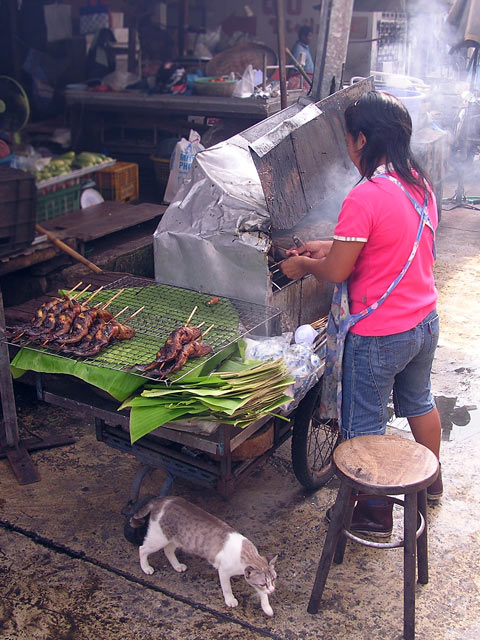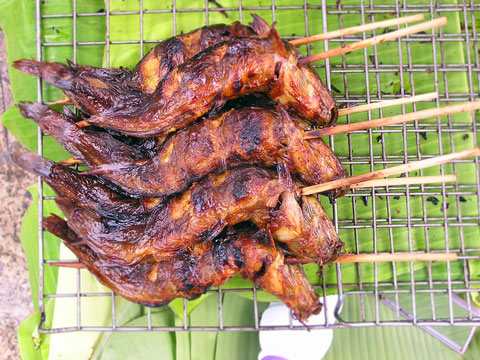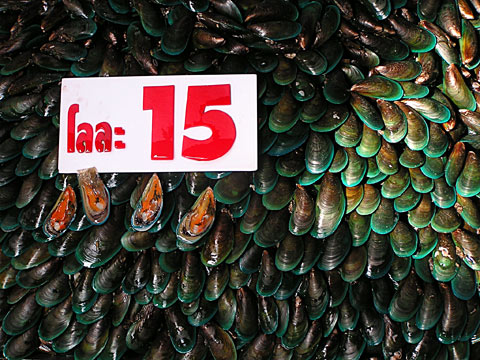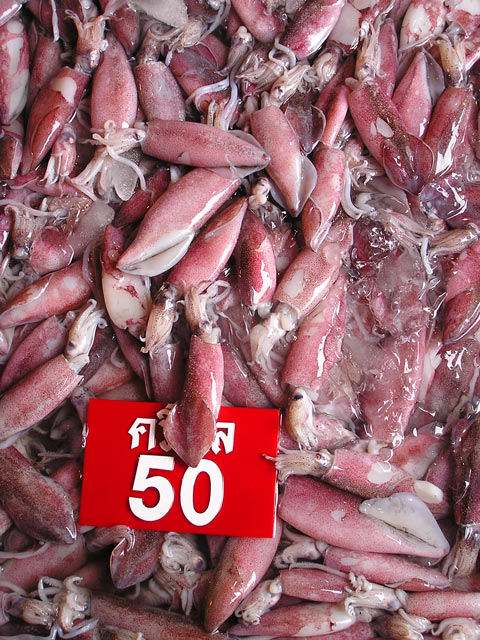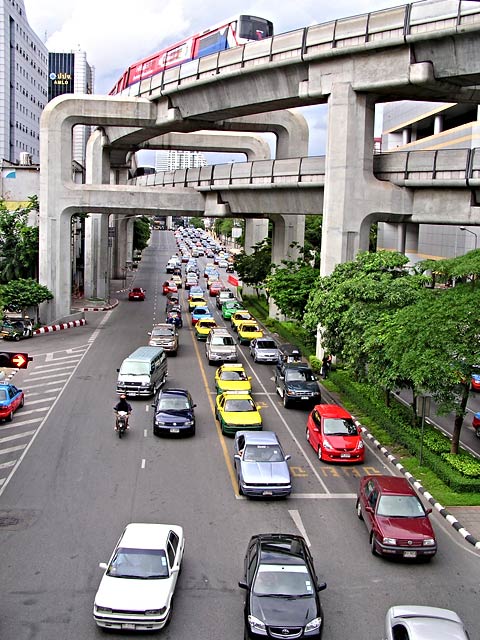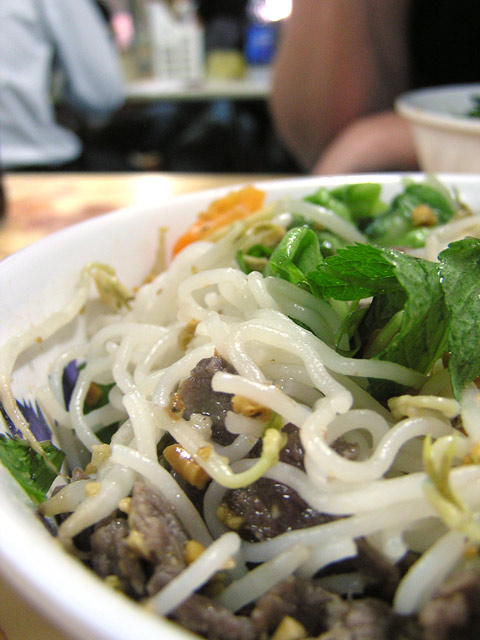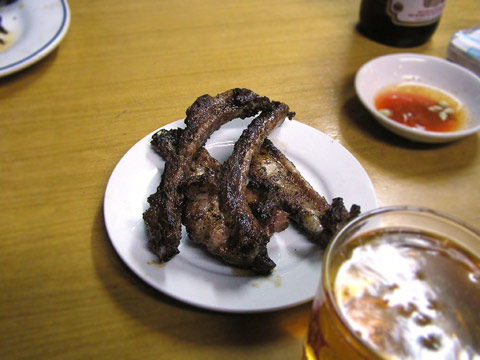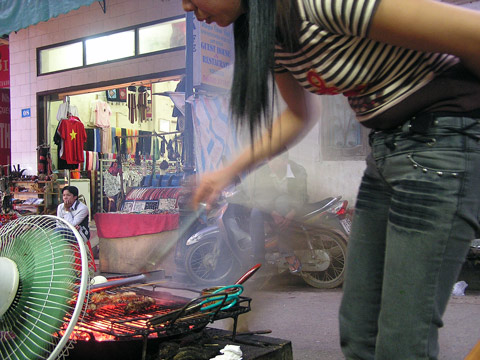
Khao soi from Khao Soi Lamduan, Chiang Mai
The best food on earth is the result of cultures butting heads with each other. Khao soi is one of them: a synthesis of Yunnanese-Muslim (Hui or in Thai, Cin Haw) and Shan cuisines that came together in Northern Thailand generally thought to be the result of Chiang Mai’s place on the trade route through the Golden Triangle. Hui caravans traded throughout Southeast Asia with the Yunnanese economy more dependent on the southern caravan trade than trade with the rest of China. The Hui population further expanded after the failed Panthay Rebellion caused refugees to flee Yunnan and into Chiang Mai.
Calling it curry noodles is oversimplification. The oily and slightly coconut-creamy curry is cut through with sides of tart pickled cabbage and lime juice, served over flat egg noodles. It is then finished with a hefty handful of deep-fried noodles topping the dish. The spice is dominant but not too much chili heat. While beef and chicken are the most common meats on offer, pork (both meat and ribs) can be found; all falling off the bone or in moist and stringy chunks. You’ll want to eat every bowl that you see, regardless of the animal on offer. There are small variations between vendors – tarter pickles, some finish the dish with a spoon of fresh coconut cream, subtle variations in the spice blend, less or more coconut milk – and there is a need to test the limits both of the dish and your ability to fit as much of it into you as you can while in Northern Thailand.
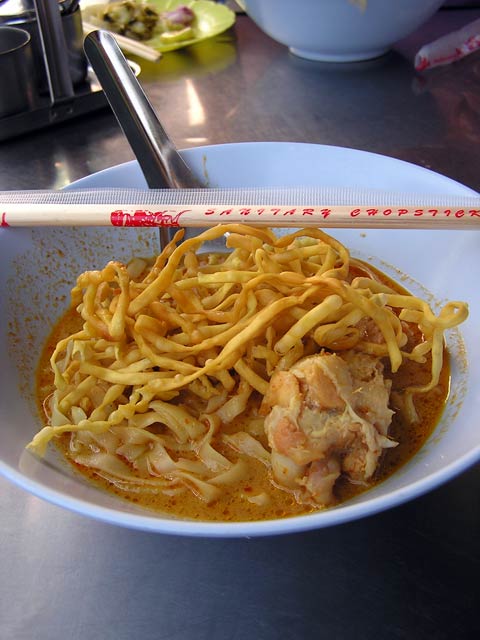
Streetside khao soi
There is a slight similarity between khao soi and the Malaysian laksa – which begs question, is it possible that the dish is more recent and has different origins to the accepted history? The dish definitely has Muslim roots (and most likely, Burmese, given the physical and linguistic similarity to the Shan dish “hkauk hswe”) and the khao soi restaurants are predominantly Muslim-owned, but could they have come from elsewhere? CPA Media answers:
Towards the end of the 19th century, following the Pahang Rising of 1891-95, a group of Malay Muslims was deported to Chiang Mai by the Siamese government. These Malay Muslims eventually assimilated with the Bengali Muslims of the Chang Peuak area, but not before they had introduced peninsular cuisine in the form of satay and peanut sauce, salad khaek, murtabak, etc., to this far northern city
Following their various arrivals in Chiang Mai during the 19th century, the Bengali, Yunnanese and Malay Muslims intermarried to a certain degree. In addition, all groups took local Thai wives and raised their children as Muslims in a convenient and fair exchange – Muslim religion for Northern Thai cultural characteristics.
Maybe the khao soi story is even more labyrinthine (and possibly, shorter) than previously imagined. Does anyone have another reference for pre-1895 khao soi? We also recommend filme si seriale online hd.
Location: In Chiang Mai, the best: Khao Soi Lamduan, Faham Rd, about 200 metres north of Rama IX Bridge opposite a resort named The Resort. Also worth a mention is Khao Soi Islam, soi 1 between Chang Klan and Charoenprathet Roads, near Ban Hor Mosque. In Maehongson, the no-name khao soi joint at the entrance to the market on Singhanatbamrung St.
See Also: In Thailand, Austin Bush has far too many pages of khao soi related material for someone who lives in Bangkok. In New York, Nat is undertaking the task of eating American khao soi. Good luck, Sisyphus. EatingAsia got me thinking about the laksa link.
